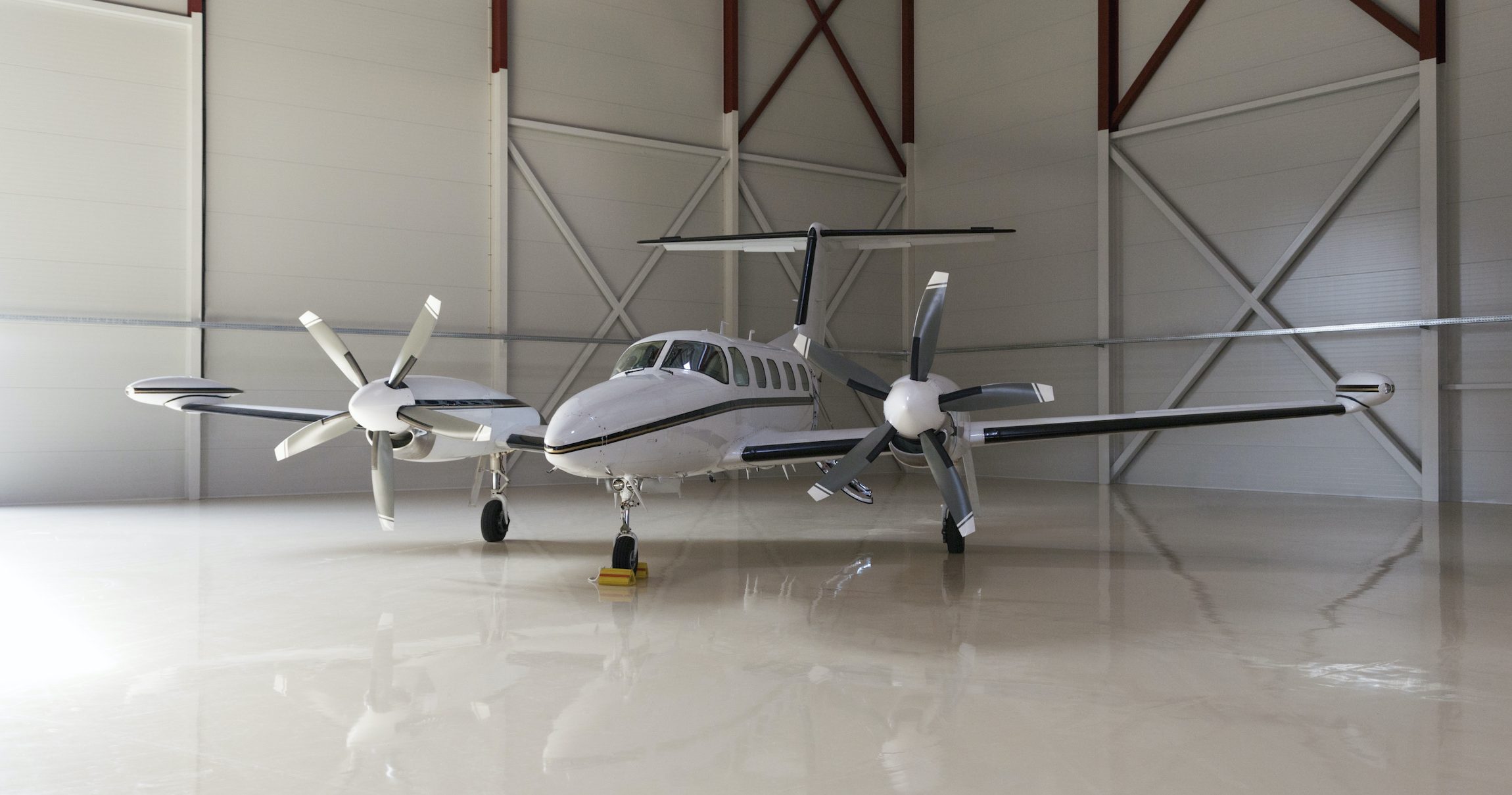Multi-Engine Course
Double the Fun
Flying multi-engine airplanes is a thrill, but comes with new challenges.
Is more engines safer?
As we’ve discussed on our blog, multi-engine flying is only safer if you have the discipline to make it safer. Multi-engine airplanes have redundancy, but flying a twin with one engine inoperative comes with a whole host of performance, stick and rudder, and systems considerations that pilots must train for.
Course Philosophy
We firmly believe that there is no “amateur” multi-engine flying. You either train, plan, and fly like a professional or you put your passengers at tremendous risk. For that reason, this course is specifically tailored to pilots seeking to approach multi-engine flying like professionals.
Here’s what’s in your course.
Simple, Effective Lectures
Concise online lectures that use a virtual blackboard style to help you grasp complex aviation concepts.
Study Resources
Full-cover handouts to help you visualize multi-engine aerodynamics and a comprehensive end of course study guide.

Safety-Focused
We thoroughly distinguish between what’s legal and what’s safe.
In-depth Aerodynamics
Comprehensive discussion of multi-engine aerodynamics so that pilots understand the “why” behind the “what.”
Multi-Engine Mindset
The right mindset is critical to flying light twins safely.
Expert Instructors
This is the product of a team with thousands of multi-engine hours in light twins, turboprops, and transport-category jets like the Boeing 737.
Hands-On Practice
Apply theory through real-world scenarios and practice exercises.
Mobile Learning
Study on the go with our iOS App.
Flexible Schedule
Customize your study pace to fit your schedule.
Peer Support
Join classroom groups for collaborative learning.
Messaging System
Ask your instructors questions through our built-in messaging system.
Resource Library
Access an extensive library of custom-made learning resources.
Lifetime Updates
We routinely improve and update course material.
Cancel Anytime
Cancel your subscription at any time.
Course Overview
Learning Objectives
- Understand single-engine performance concepts like balanced field and required distances
- Realize that just because something is legal in a twin doesn’t mean that it’s safe
- Know how to plan multi-engine flights intelligently, in a way that anticipates inopportune engine failures
- Thoroughly understand multi-engine aerodynamics to the extent that single-engine aircraft control is intuitive
- Basic understanding of transport category turbine multi-engine operations
Time Commitment
Plan at least 20 hours of dedicated study.
Materials Required
All you need is a web browser and internet connection!
Quizzes / Exams
3 review quizzes and 1 end of course exam.
Course Content
Instructor
Andrew Moon
Andrew is a Part 135 Chief Pilot whose wide-ranging multi-engine experience includes the Piper Seminole, Cessna 310 and 414, Piper Navajo, Beechcraft Baron and KingAir, Cessna Citation, and Embraer Phenom.
Bio
Multi-Engine Course
There’s no written exam for a Multi-Engine add-on, but training is expensive and students with a solid grasp of what’s going on will save money in training. That’s where we come in! The multi-engine course comes with:
- A course totally dedicated to helping you understand how to fly multi-engine airplanes safely in the real world
- Heavy emphasis on simplifying multi-engine flying in ways that pay dividends throughout your career.
- A deep dive into the complicated Cessna 310 fuel system: if you can understand how to learn that system, you can apply the knowledge to other makes and models, even in transport category airplanes.
- The entire resources directory
- A comprehensive end of course study guide
- The Multi-Engine classroom
- The ability to direct message your instructors, who are experienced multi-engine turboprop and jet pilots.
Frequently Asked Questions
-
What is a multi-engine rating?
A multi-engine rating is an additional qualification that allows a pilot to operate aircraft with multiple engines. It enhances a pilot’s skills and provides opportunities to fly more complex airplanes.
-
What are the prerequisites for the multi-engine course?
There are no prerequisites for this course.
-
Why should I consider getting a multi-engine rating?
A multi-engine rating provides increased performance, redundancy, and safety. It can be a stepping stone to careers as an airline pilot or corporate pilot.
-
Is it more challenging to fly a multi-engine aircraft?
With both engines operating, flying a multi-engine airplane is not that different from operating a single-engine airplane. But multi-engine airplanes are challenging to control in engine-out situations, and managing that comprises the majority of multi-engine training.
-
How can this course help students save money in flight training?
Flying multi-engine airplanes is expensive! Academic proficiency in the fundamentals of multi-engine flying empowers pilots to progress faster in the airplane, reducing total training time and cost.
-
Do I need to complete the course in a set timeframe?
The advantage of online ground school is that you can complete it at your own pace!
-
How is this multi-engine course different from others?
Our multi-engine course is developed and led by a team of instructors with diverse multi-engine experience in light twins, large turboprops, and transport-category jets. Some are even instructors for their airliners. They know how these multi-engine fundamentals translate to the airline world, making this course ideal for pilots aspiring to careers flying jets.


